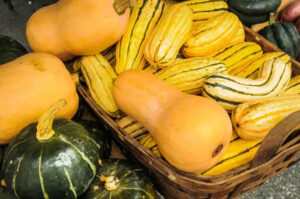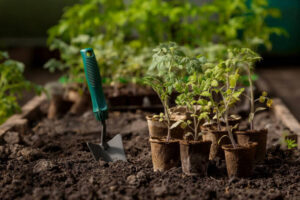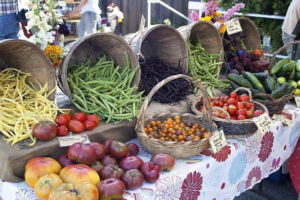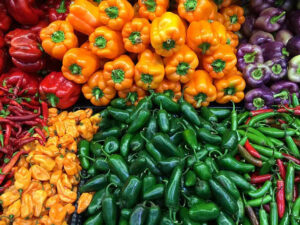Permaculture gardening is a sustainable approach to agriculture that focuses on creating ecosystems that are self-sufficient and regenerative. It involves working with nature to create an efficient and productive system that benefits both the environment and the people who cultivate it. Permaculture gardening principles can be applied to both small and large-scale gardens, and can be adapted to suit a variety of climates and conditions. In this article, we’ll explore the basics of permaculture gardening and some of the key principles that make it so effective.
What is Permaculture Gardening?
Permaculture gardening is a holistic approach to agriculture that is based on the principles of ecology, sustainability, and self-sufficiency. It involves designing and managing systems that are modeled on natural ecosystems, and that mimic the processes and relationships found in these systems. Permaculture gardens are designed to be self-sustaining and to provide a wide range of benefits, including food production, water conservation, soil health, and biodiversity.
One of the key principles of permaculture gardening is diversity. Permaculture gardens are designed to include a wide variety of plants, animals, and microorganisms, all of which work together to create a healthy and balanced ecosystem. By including a diverse range of species, permaculture gardeners can help to build resilient systems that are able to withstand a range of environmental pressures, including drought, pest outbreaks, and disease.
Another important principle of permaculture gardening is the use of natural systems to create sustainable food production. Permaculture gardens are designed to mimic the way that natural ecosystems produce food, using techniques such as polyculture (growing multiple crops together), companion planting (planting crops together that benefit each other), and intercropping (planting different crops in the same space at different times). By using these techniques, permaculture gardeners can create highly efficient and productive systems that require minimal inputs of water, fertilizer, and other resources.
Permaculture Gardening Practices
Permaculture gardening involves the use of several sustainable farming practices that can be applied to small or large-scale gardens. Some of these practices include:
- Building healthy soil: Soil is the foundation of any successful garden, and permaculture gardening emphasizes the importance of building healthy soil. This can be achieved by adding compost, manure, and other organic matter to the soil, as well as by using cover crops to protect the soil from erosion and nutrient depletion.
- Using companion planting: Companion planting is a practice that involves growing different types of plants together in the same garden space. This method of gardening can help to improve soil health, control pests and diseases, and increase crop yields.
- Conserving water: Water conservation is a crucial aspect of permaculture gardening. This can be achieved through the use of drip irrigation, rainwater harvesting, and other methods that reduce water waste.
- Incorporating perennials: Perennials are plants that come back year after year, making them a great addition to any permaculture garden. By planting perennials, gardeners can reduce the need for annual planting, which saves time and resources.
- Creating diverse habitats: Creating diverse habitats is an essential aspect of permaculture gardening. This can be achieved by planting a variety of crops and plants that provide habitat for beneficial insects, birds, and other wildlife.
- Minimizing waste: Permaculture gardening emphasizes the importance of minimizing waste by using resources efficiently and reusing materials whenever possible. This can be achieved by composting, using natural pest control methods, and recycling garden waste.
Permaculture gardening is an excellent option for those looking to create a sustainable and self-sufficient garden. By incorporating these sustainable farming practices into your garden design, you can reduce your environmental impact and produce healthy, fresh, and nutritious food for yourself and your community.










